Connecting a printer to a laptop. Printer setup
HOW TO INSTALL A PRINTER
Microsoft has released another Windows, namely WINDOWS7. Due to some obvious advantages of the new version, users of XP and Vista increasingly began to switch to WINDOWS7. It has almost identical whist interface and speed of operation like xp. WINDOWS7 has many advantages compared to previous versions of Windows, in particular, includes already built-in drivers for printers, this will be discussed in this material. So, we will understand how to install the HP LaserJet 3052 printer.
Click "Start."
Choose "Devices and Printers"
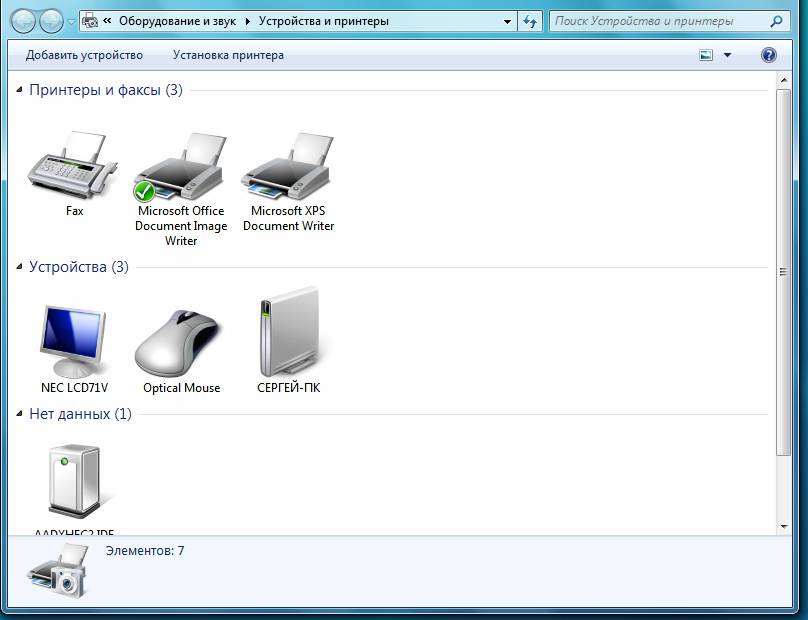
Click on the empty field with the right mouse button and call the context menu in which we select “Add printer”
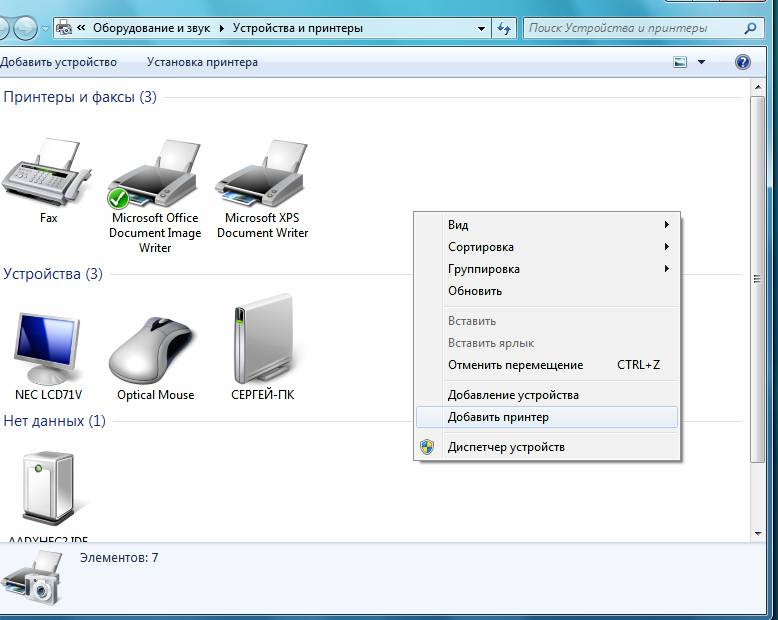
Then select "Add local printer"
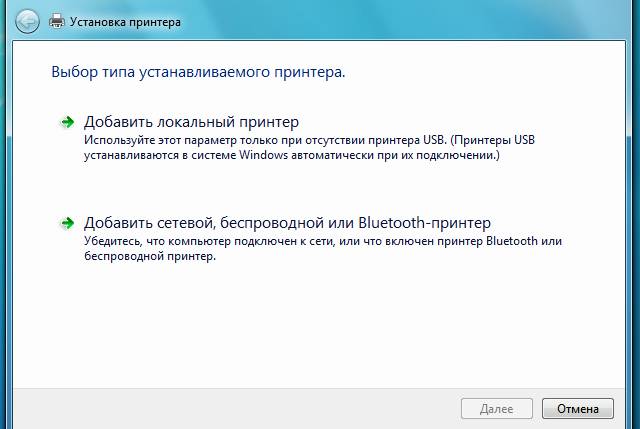
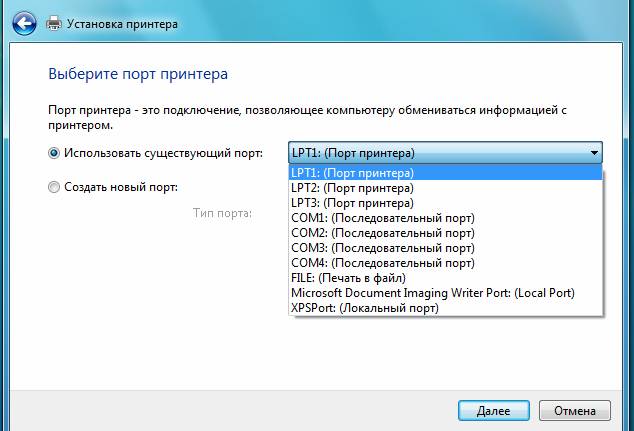
If there is no such port or another one you need, you can create it. To do this, select "Create a new port" and create in our case it is USB. Just writing its name.
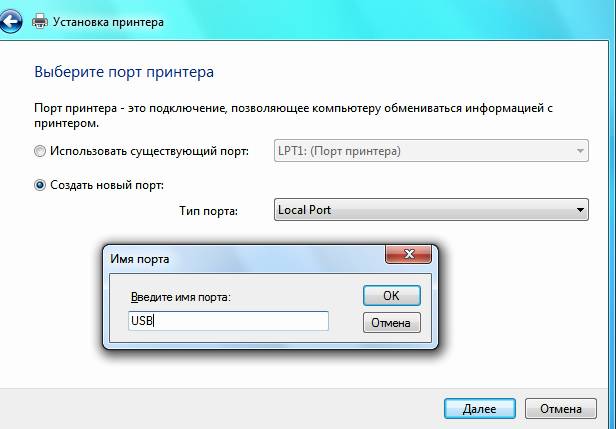
We go further, in the next window opens the list of manufacturers of printers and their various models. From this list, select the manufacturer and brand of the printer.
If this list does not have a driver for your printer, you can try to install it from the boot disk that comes with the printer (install from disk) or start the Windows Update Center (unlikely, it still helps sometimes).
After this choice, you can continue to install the printer and after the complete installation of firewood, connect the printer itself and Windows itself will find it. Or you can connect it now and continue installing firewood for the printer.
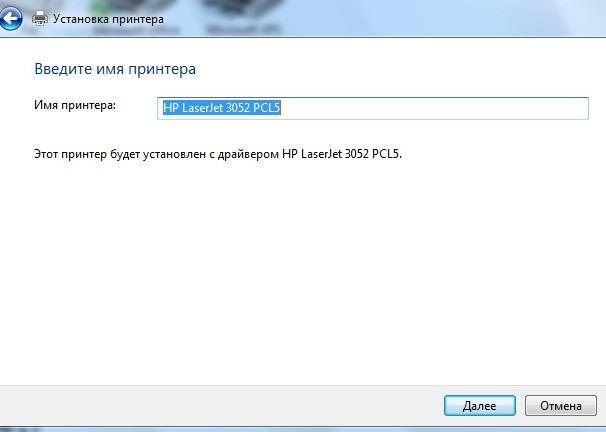
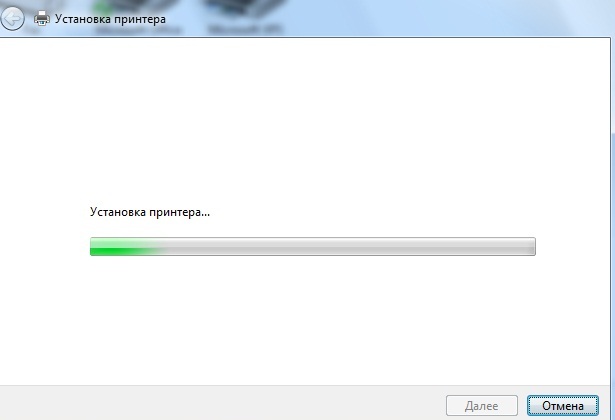
Farther 
As a result, in the folder “Devices and Printers” we see the HP LaserJet 3052 PCL5 printer fully installed and ready for operation.

R / S. If you already have drivers for windows 7 going right away (for example with a laptop), while you can not install any kind of printer due to the lack of a system uSB drivers, there is such a sin in 7, then simply install this firewood again from the disk that comes with the laptop. Insert the USB cable into the laptop with the printer turned on and restart the laptop and the system itself should find your printer.
There is another option to install the printer:Remove the printer from the system - if it was previously installed unsuccessfully. After that, if you want to install from a proprietary disk, insert it without connecting a printer, install a printer, and only then connect it. If you want to connect under XP without a proprietary disk, first connect all the cables, and only then turn them on. Then everything will automatically pick up.
Material provided: A.Kulibin
By computers.
All owners of laptops sooner or later the question arises how to connect the printer to a laptop. There are no special secrets, and any device, including a printer, is connected either via a USB cable or via Bluetooth or Wi-Fi wireless devices. wireless access point network.
Connect using USB cable
A switch cable is supplied with each printer included. Connecting the cable to the printer, the other end of it is connected to the laptop in any of the USB inputs. It is not possible to confuse, since each end of the cable fits exactly to its nest. In modern, computer-installed operating systems, installation driver files for a variety of connected devices are included. Most printers are detected automatically, and the device driver is installed by itself.
Manual installation
In case of not determining the laptop printer, we can install it manually. To do this, go to the Start menu - Printers and Faxes - Installing a Printer (the top line in the menu on the left). Windows XP will pop up a window asking you to install software for the device found - the printer installation wizard. Click "Next", select a local printer, click - "Next."
The system searches for hardware and offers to install the appropriate drivers. In order to install them, you need a disk with software that comes with each hardware.
Insert the disc into the drive and click on the installer menu - perform a search on removable media. The installation will start automatically. After installation, you must restart the computer and the printer is ready to work.
Installing the printer on Windows 7
To install a printer on Windows 7, you need to do the same operations and select the appropriate drivers for this operating system. Basically, OS version 7, it finds the driver itself and in most cases manual intervention is not needed. In case of loss of a disk or other reasons for its absence, you must download the appropriate driver on the Internet on the manufacturer's website. Also, this action must be performed if another operating system is on the laptop, for example, linux or MS DOS.
Connecting a wireless printer
You can connect the printer to the laptop and wireless. This requires printers that support this mode of operation. In order to connect the printer in this way, it is necessary to strictly follow the installation instructions, which are necessarily attached by the manufacturer.
In the computer, read the instructions that came with it. Before connecting some printers, you need to install special software, while other printers can be connected immediately.
Turn on the computer and follow what is written in the instructions for your printer.
- If the printer is a plug-and-play device (plug and play), plug it in and turn on the power. Windows will perform all necessary actions automatically.
- Insert the disk (s) that came with the printer into the drive and follow the instructions on the screen.
- Run the command Start\u003e Devices and Printers.
- If connected wireless printer, execute the command Start\u003e Devices and Printers and in the window that appears, click on the link Printer setup. Select option Add network, wireless or Bluetooth printer and follow the instructions.
If the third option is selected, in the window that appears Devices and Printers click on the link Printer setupdisplayed at the top of the window.
In the Add Printer Wizard (Add Printer Dialog Box) click on the option Add local printer and on the button Further.
In the dialog box Select printer portClick on the down arrow displayed to the right of the field. Use existing portand select port. You can also leave the port recommended by Windows. Click the button Further.
In the next window of the installation wizard - Installing a printer driver - select manufacturer and printer. The following features are available:
- If you have a disc from the printer manufacturer, insert it into the appropriate optical drive and click the button. Install from disk. Then click on the button. Further.
- If there is no such disc, click the button. Centre windows updates to view a list of drivers that can be downloaded from the Microsoft website. Then click on the button. Further.
- In the dialog box Enter Printer Name, enter the name of the printer. Click the button Further.
- In the next dialog box, click on the button. Is doneto complete the Add Printer Wizard.
If the computer is connected to a network, the installer will display an additional dialog that allows you to share the printer on the network. Set the switch No shared printerto prevent other users from accessing this printer. If you want to allow access to this printer, select the switch Allow printer sharingso that others can use it in the field Resource name Enter the network name of the printer on the network. In this case, the printer will be able to use all users on the network.
Defining a default printer
If the system has two or more printers installed, you can define a default printer that will be used whenever you need to print a document. Run the command Start\u003e Devices and Printers.
In the Devices and Printers window, the current default printer is ticked. Right-click on any non-default printer and select the option in the context menu Use default. Click the button Close in the window Devices and Printers, after saving the new settings.
To change the properties of your printer model, such as print mode (draft or high quality, color or black and white), right-click on the printer in the window Devices and Printers and select the option in the context menu Printer properties. The Printer Properties dialog box appears.
Removing a printer
Over time, if you buy a new printer, then the old one can be disconnected from the system. You may need to uninstall the driver for the old printer to clear the window. Devices and Printers from the old printer's icon, which you will probably never use again. To remove the printer, run the command Start\u003e Devices and Printers.
In the window Devices and Printers right-click on the printer and select the option in the context menu Remove device. (Note that you can also select the printer and click on the button Remove devicewhich is at the top of the window Devices and Printers.)
In the dialog box Remove device Click on the Yes button. Window Devices and Printers will close and your printer will be removed from the list of printers.
If you delete the printer, it will disappear from the list. installed printers, and if it was a default printer, Windows will select another printer as such. You can no longer print to a printer removed from the system if you do not reinstall it.
Share.In most cases, when you buy a printer, drivers give it. If you lost them or scratched the disc, and you need to use the device urgently, then you need to look for a way out of the situation. Many users are beginning to wonder about how to install a printer without a disk. It is more than real, and there is nothing difficult. The main thing is to gain patience and have at your disposal a USB cable.
Some general information
The fact is that the majority of users, even if they are not beginners, naively believe that installation without a special disk is impossible, but this is a fundamentally wrong point of view. Moreover, there are several ways that you can use. The easiest is to use the Internet, if there is one. You need to go to the official website of the developer of your printer and find the latest drivers for it. After that, download them to your computer. And so on the printer in the future is easy, then you will understand. You just need to follow the instructions and at the end restart the computer. Now let's talk about how to install the printer in one of the ways discussed below. Everything about everything will take no more than 10 minutes.
diskless for windows xp
 Go to the "Start" menu. If you are using an operating windows system XP, then you need to go to the "Control Panel" and select "Printers and other equipment." A new window will appear in front of you, here we need the “Printers and Faxes” tab. In the next step, you need to go to the "Print Tasks" section, "Printer Setup Wizard". In the window that appears, you need to start the installation, for this it is enough to click on the item "Printer installation". After that, the process will go, maybe you will still need to click on "Installing a local printer" if the system offers it. So how to install canon printer or HP is quite simple, and the process is completely analogous, then you should not have problems with this. Now let's see how these actions are performed for other operating systems.
Go to the "Start" menu. If you are using an operating windows system XP, then you need to go to the "Control Panel" and select "Printers and other equipment." A new window will appear in front of you, here we need the “Printers and Faxes” tab. In the next step, you need to go to the "Print Tasks" section, "Printer Setup Wizard". In the window that appears, you need to start the installation, for this it is enough to click on the item "Printer installation". After that, the process will go, maybe you will still need to click on "Installing a local printer" if the system offers it. So how to install canon printer or HP is quite simple, and the process is completely analogous, then you should not have problems with this. Now let's see how these actions are performed for other operating systems.
How to install the printer: Windows 8, Vista and 7
 Go to the "Start", here in the right part of the window that opens, you will see a tab called "Devices and Printers", which we need. We go on it and see the button "Add Printer". After that, the process is similar to that described above, with the only difference being that it is possible to install wirelessly. To do this, you must have either Wi-Fi or Bluetooth. Since it is an order of magnitude easier to install a printer on a laptop in this way, it is recommended to use it. First you need to select the printer connection port, and then its model and go further. You need to come up with a name for the device, after which the installation will start automatically. To check if everything worked out, print a test page. If everything is good, congratulations - you know how to install a Canon, HP or any other printer without the necessary software.
Go to the "Start", here in the right part of the window that opens, you will see a tab called "Devices and Printers", which we need. We go on it and see the button "Add Printer". After that, the process is similar to that described above, with the only difference being that it is possible to install wirelessly. To do this, you must have either Wi-Fi or Bluetooth. Since it is an order of magnitude easier to install a printer on a laptop in this way, it is recommended to use it. First you need to select the printer connection port, and then its model and go further. You need to come up with a name for the device, after which the installation will start automatically. To check if everything worked out, print a test page. If everything is good, congratulations - you know how to install a Canon, HP or any other printer without the necessary software.
Another good method
As already noted, if the method we described above does not suit you for any reason, then use the alternative. To do this, go to the developer's site. It can be Canon, HP, Epson and so on. You need to find a page where you can find the latest drivers for your device. As a rule, they are located on the support tab, where it is recommended that you proceed. Now it only remains to find the driver you need and install it. There is one small nuance: it is necessary to take into account the bit depth of the system. So, there are drivers for x32 (x86) and x64 systems. To find out what you need, right-click on "My Computer", then "Properties" and there you will see the necessary information. Since installing drivers to the printer is easy, then just follow the instructions of the installer. Restart your computer, and you're done.
A bit about how to install the driver from the disk
Some users, especially for beginners, can not deal with the disk. In principle, this is quite normal, since there is a bunch of additional software, which you are unlikely to use, you can not install it. After you insert the disk into the drive, it will start, and you will be prompted to select a package that is automatically installed. You have the option of partial or full installation. It is recommended to give preference to the first option, and now we will say why. The fact is that by installing the entire package, you will have a lot of unnecessary programs that you will hardly ever use. This is an instruction for use, and a utility that allows you to view photos, by the way, is not the most convenient, and so on. Do not forget to connect the printer and then start it, only after that the installation will be completed. Reboot the system and can use.
About installing HP printers
![]() It is worth considering the process of installing the device from this manufacturer. This is due to the fact that there are several important points that can drive into a dead end. In principle, how to install a printer without a disk is understandable, but sometimes, even with a driver for HP, it is very difficult to do. At the first stages, everything is done by simply pressing the “Next” button. When you are prompted to select a connection type, check the box next to “Over the network, network, wireless network". This is only necessary when the installer himself has not found the parameters he needs. Please note that depending on the driver the name may differ. It so happens that it is necessary that the printer be available on multiple computers in the office. To do this, you must turn on the device, then the software will detect it, and everything will be configured automatically. If the search in the network was successful, then everything was done correctly. In the event that the printer cannot be detected, it is recommended that you perform an advanced search on the IP address that is assigned to the device. On this we end. It remains only to perform a system reboot, and you can work. If something went wrong, then it is best to contact the support service on the official website of the developer. Since installing an HP printer may fail for other reasons, you must print the log file or send an error report to the developers.
It is worth considering the process of installing the device from this manufacturer. This is due to the fact that there are several important points that can drive into a dead end. In principle, how to install a printer without a disk is understandable, but sometimes, even with a driver for HP, it is very difficult to do. At the first stages, everything is done by simply pressing the “Next” button. When you are prompted to select a connection type, check the box next to “Over the network, network, wireless network". This is only necessary when the installer himself has not found the parameters he needs. Please note that depending on the driver the name may differ. It so happens that it is necessary that the printer be available on multiple computers in the office. To do this, you must turn on the device, then the software will detect it, and everything will be configured automatically. If the search in the network was successful, then everything was done correctly. In the event that the printer cannot be detected, it is recommended that you perform an advanced search on the IP address that is assigned to the device. On this we end. It remains only to perform a system reboot, and you can work. If something went wrong, then it is best to contact the support service on the official website of the developer. Since installing an HP printer may fail for other reasons, you must print the log file or send an error report to the developers.
Some more alternative methods
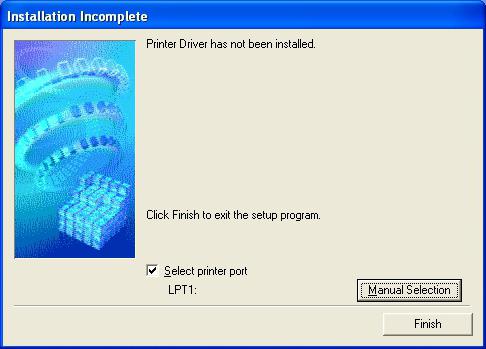 We have already discussed above some good ways that are effective in any case. However, if for any reason they do not suit you, then there are several other solutions to the problem that has arisen. Proceed as follows. Connect the USB cable to the printer and plug it into the port. The printer search begins. After that click "The desired printer is not in the list of found". You will see a new dialog box in which there will be several illustrative examples of how to register the device address. When you do this, then click "Next." It happens that the program produces the following: “Driver is missing” or “Could not find driver”. Do not panic. In this case, it is recommended to first click "Ok" and then specify the correct path to search for the file. Of course, you must first download it from the Internet. The extension of the required package must be .inf. Now print a test page and check the operation of the device.
We have already discussed above some good ways that are effective in any case. However, if for any reason they do not suit you, then there are several other solutions to the problem that has arisen. Proceed as follows. Connect the USB cable to the printer and plug it into the port. The printer search begins. After that click "The desired printer is not in the list of found". You will see a new dialog box in which there will be several illustrative examples of how to register the device address. When you do this, then click "Next." It happens that the program produces the following: “Driver is missing” or “Could not find driver”. Do not panic. In this case, it is recommended to first click "Ok" and then specify the correct path to search for the file. Of course, you must first download it from the Internet. The extension of the required package must be .inf. Now print a test page and check the operation of the device.
What else do you need to know?
Do not forget that some drivers are installed on the printer with the operating system, but this is only if they are included in this assembly of Windows. In addition, it is recommended not to forget to update them, as this will greatly simplify your life. Since you can install a printer without a disk, you can do it better using Windows Update, again, this is only for the software installed with the OS. In other cases, you need to download a special utility that will display the status of your software on the computer. If in simple terms, outdated drivers will automatically go through the updates, but you can do it manually. It so happens that everything seems to be working, but the printer does not find it. You think that this is because of the next “broken” driver, and you start to reinstall it, but the reason often lies far from it. If the USB port has been in operation for a long time, then it is quite possible that it has failed. It is for this simple reason that it is recommended to start by trying to change the nest, and only then reinstall something. 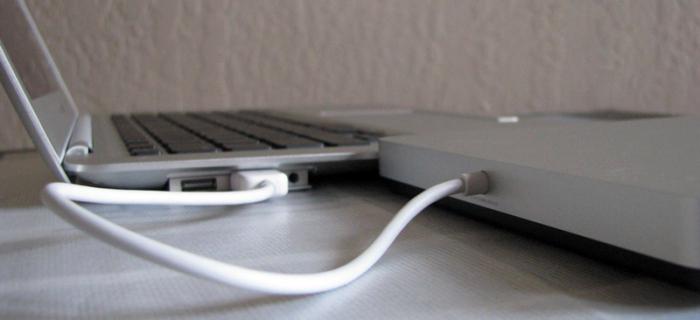
Conclusion
This article has been written a lot of information that will be useful to you if you do not have an installation disk. Even if there is one, read this material, because sooner or later it may come in handy. I would like to note that antivirus should be disabled during the installation of the drivers, but this can not be done always, but only when it blocks content. Well, that's all for this topic. You now know how to install the printer correctly and make it work even in the absence of software. As you can see, there is absolutely nothing complicated. Take a few minutes of your time, and everything will definitely work in the best possible way.
Mar 13
How to connect a printer to a laptop - A question that arises immediately after you decide to print a document — a receipt, a letter, or even a book. Observing a certain sequence of actions, you can ensure reliable operation of the connected device and the system as a whole. So, how to connect a printer to a laptop, make basic settings and print a document?
Driver.
It is not enough to connect the wires in a certain sequence. Your computer may simply “not see” the connected device. Especially if the printer model is significantly "younger" installed on the computer operating system. As a rule, a CD is attached to the printer. This disc contains an auxiliary program — a driver that will help the printer and computer “get to know each other”.
So, open the drive, insert the above drive and follow the prompts of the system, confirming all the items that require it. When the installation is complete, the system will inform you that the driver is installed, i.e. It is ready for an “adequate perception” of the new device.
In rare cases, there is no disk with the required driver. There is no disk, but there is a way out. We go to the website of the manufacturer of this printer and download the driver already from there.
How to connect a printer.
It is necessary to pay attention to the following important point - the devices that you are going to attach to the laptop, should be turned off. Thus, first of all, you need to connect the printer and laptop, and only after that you can connect the printer to the network. Thereby you eliminate possible malfunctions of both devices (different problems may occur with different printers). Most likely, the connection to the laptop will occur through the USB-2 port. There are several of them on the laptop, so think ahead - where to put the printer to which from the ports on the laptop to connect, so that the connected devices (modem, printer, flash drive, for example) do not interfere with each other. For convenience, you can purchase a USB splitter.
So, for example, consider connecting a laptop based on Windows 7 to black and white printer Samsung. All cables and connectors are connected in the correct sequence, and the power button is pressed. The system will notify you when the device is connected with a characteristic sound and, most likely, will inform you of the driver application in the system window. In any case, the discovery of a laptop printer can be found as follows:
- go in Start menu (Start button on the left on the Taskbar or the Windows key on the keyboard);
- choose an item Devices and Printers ;
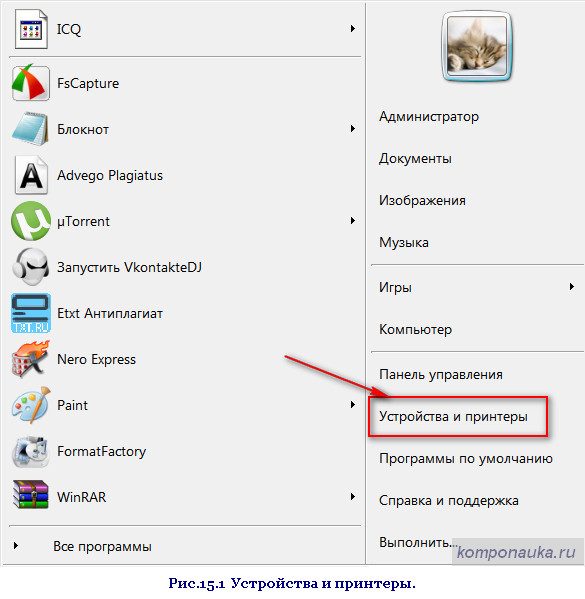
If the connection is made, in the window that opens we will find the icon-image of our printer.

Printout of the document. Basic settings.
Open the page you want to print.
You can print a document in several ways:
- use the keyboard and press Ctrl + P;
This method works in all cases: as when printing a document typed in any of the editors, and when printing the necessary page of a useful site.
- you can print out using the interface features of the programs that display the text.
That is, if you view the document in the editor Microsoft Office Word , No matter which tab you are in (Home, Insert, Links, etc.), the top left row of icons displays printer icon and button Office . To enter the print settings menu, click on one of these buttons.
![]()
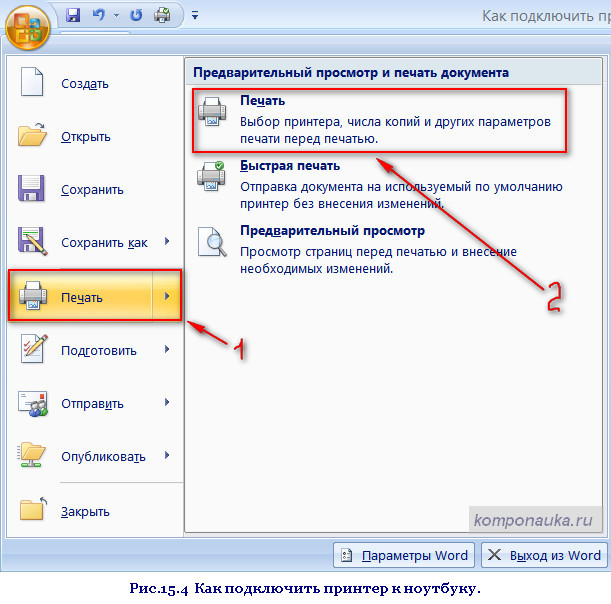
If your file is displayed in the program Notebook , click on the button File , choose item Print .
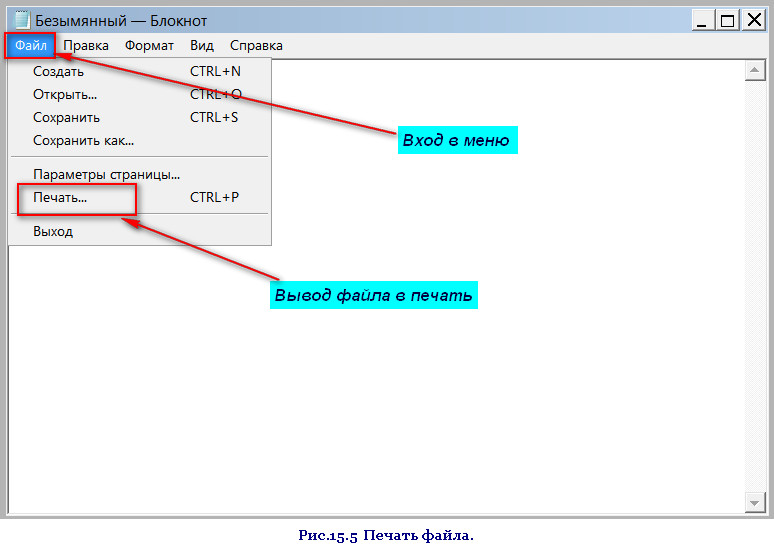
Our ultimate goal in all these cases is the print settings window.
In this window, you can configure a very convenient function to print only even or odd pages only. This is necessary when you need to print a multipage file (a book, for example). By default in line Enable worth the value All pages of the range. To change this value, click on the arrow located to the right of the line, and in the menu that opens, select the desired option. If from a large number of pages you need to print only one, open this page and put a pointer to Current.
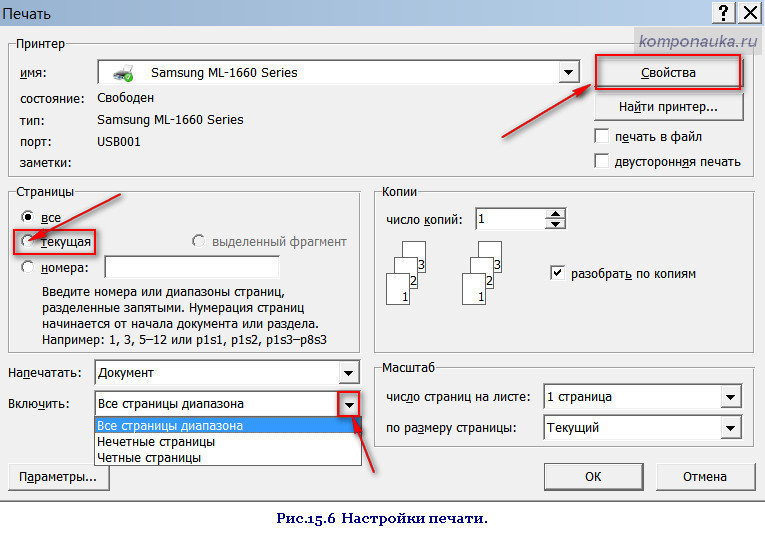
Next step - click on the button. Properties
In the window Properties in the tab Main we can determine page orientation. Set by default Book i.e. vertical page orientation. If we need the image (text) to be arranged horizontally (as in the album), we note Landscape .
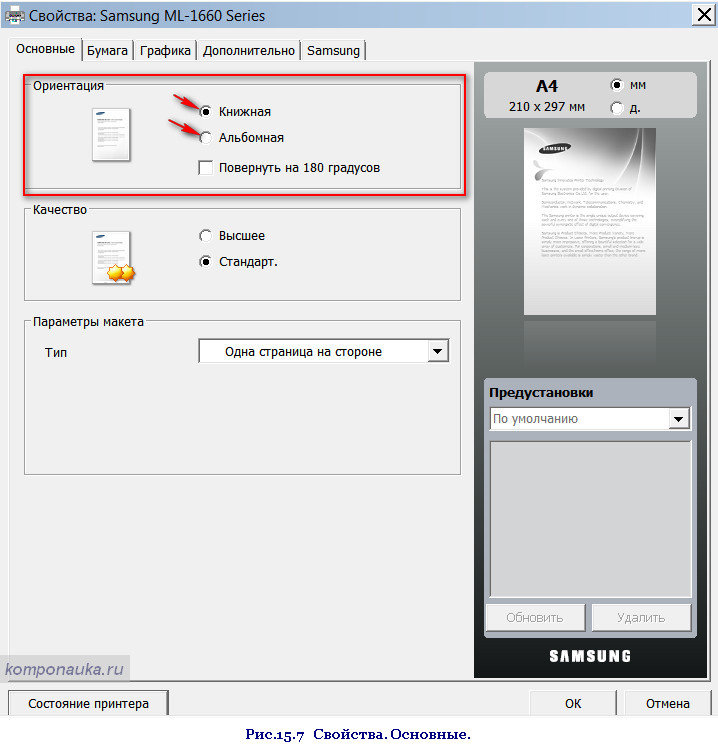
Go to the tab Graphics .
Here you can connect the printer mode with saving toner (dye powder). By default, toner consumption is controlled by the printer. Turning on the economy mode, we will rarely refill the cartridge. For comparison, you can try printing in both versions and choose the best one.
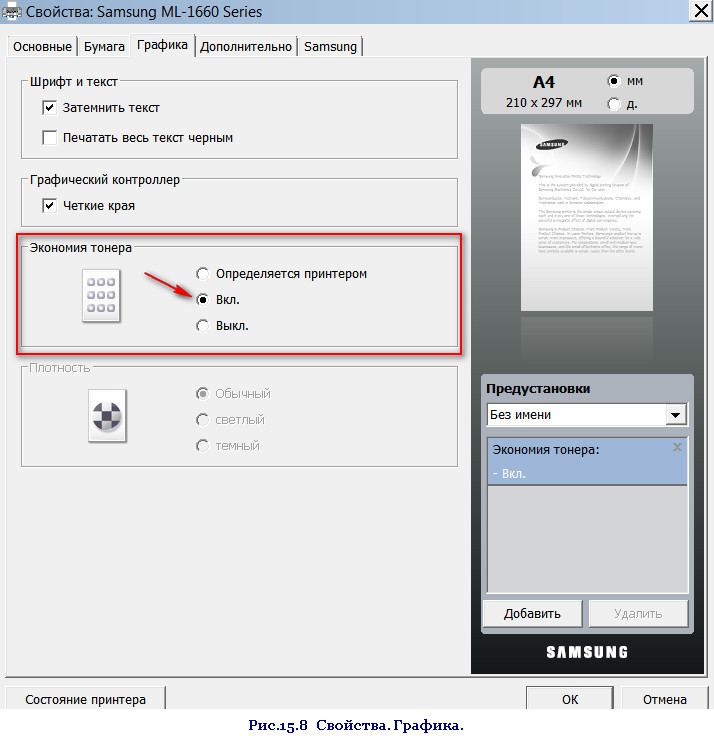
Do not forget to confirm your settings with the button OK or To apply and OK and press The seal.
And that's it for today.
Now we know how to connect the printer to a laptop, and in the next article we will discuss (in general cases) how to use the Task Manager.
Waiting for your comments.
This message has no labels.

